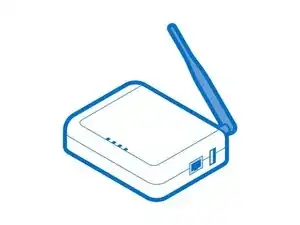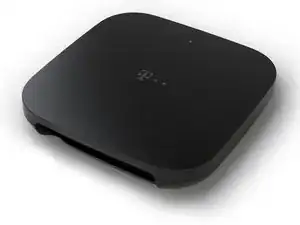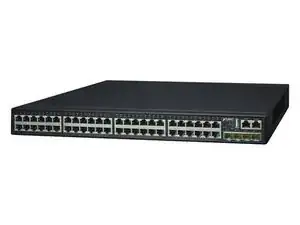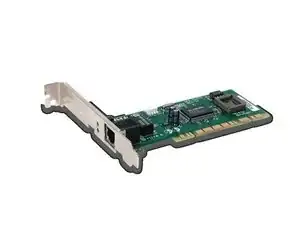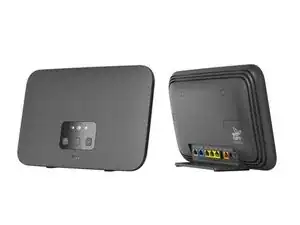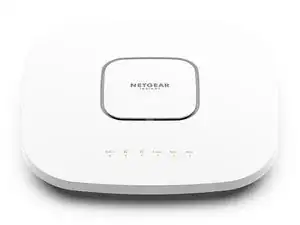Background and Identification
Whether it's a server running an entire office building or the wireless router in your closet, networking hardware makes it possible to connect with others. Typical home networks send data using Ethernet cables and over the air using Wi-Fi signals while industrial systems sometimes use high-speed fiber-optic cables or other connections. Data is sent in small units called “packets,“ which typically include extra information like the sending address and the destination address. There are a few types of network devices that you may encounter which are described below.
A network hub is a simple device that receives a data packet and sends it to all of the devices connected to the hub. Hubs are largely obsolete, having been replaced with a smarter device called a network switch. When a switch receives a data packet, it sends it to only the intended destination device. You can use a switch in a home to supply more Ethernet ports for wired access.
The most well-known network device is called a router. A router is designed to determine the best route from one device to another. Over time, routers build a routing table which acts like a map of a network and allows the router to send packets along the most efficient path. In most homes with access to the internet, the router makes the connection between the internet at large and your devices.
Some routers are equipped with wireless (Wi-Fi) capabilities, in which case they are called a wireless router. Many wireless routers have a few antennas sticking up, which can sometimes look pretty funny.
A modem (short for “modulator-demodulator“) is a device that translates signals from one data format to another. Generally, the modem receives signals on a phone line (in the case of a dialup or 56k modem) or a television cable (in the case of a broadband modem). The modem outputs these signals as data that can be read by a computer. The modem can run this process in reverse to send data out to the internet, like when you upload a cute cat video. Some routers feature integrated modems, making these combination devices a jack of all trades.
Many internet service providers—the people you pay each month for internet—charge a rental fee for a router/modem that they provide. If you have the time and interest, you can buy your own hardware and save some money in the long run.
